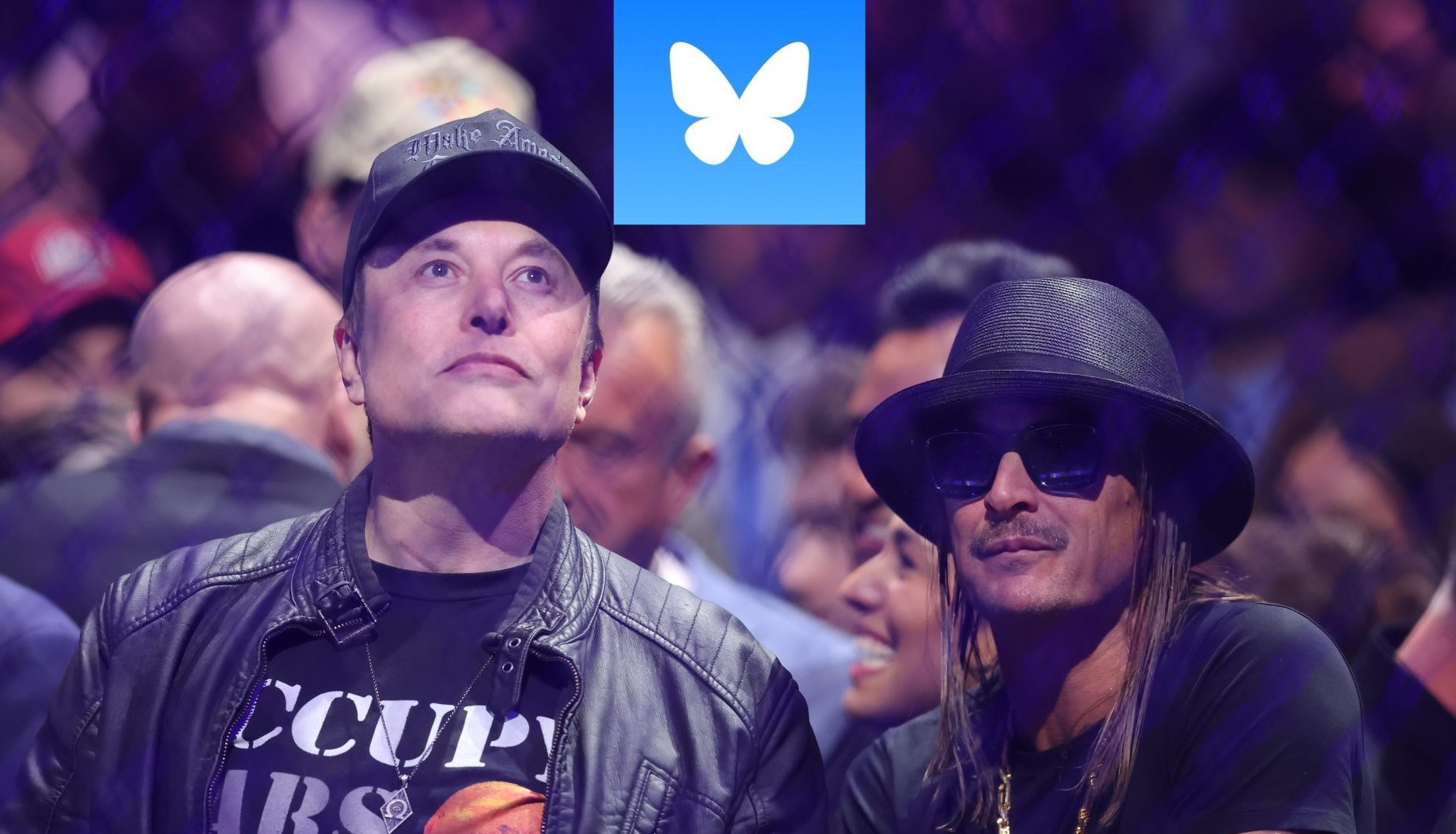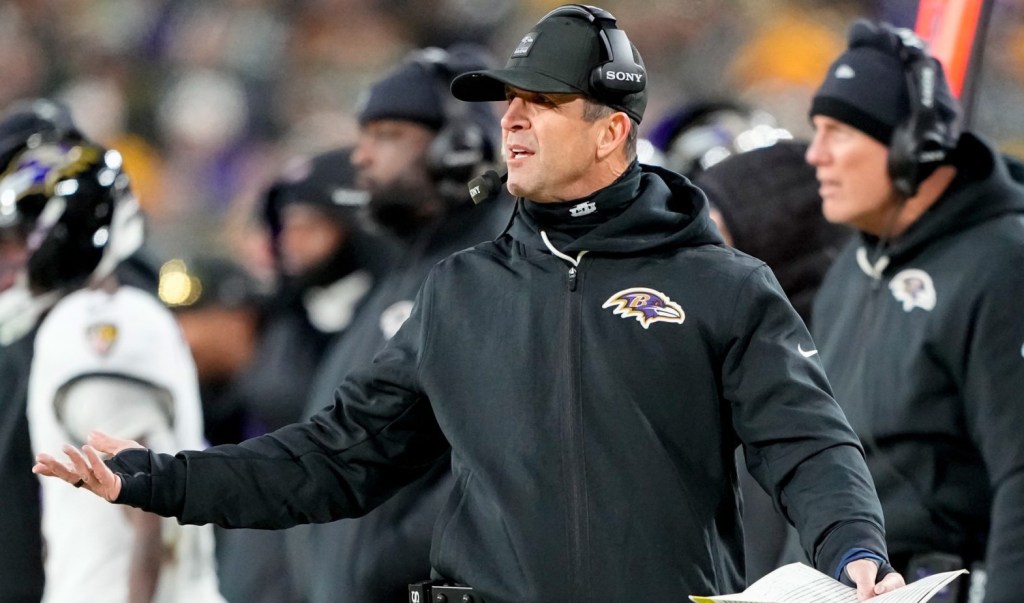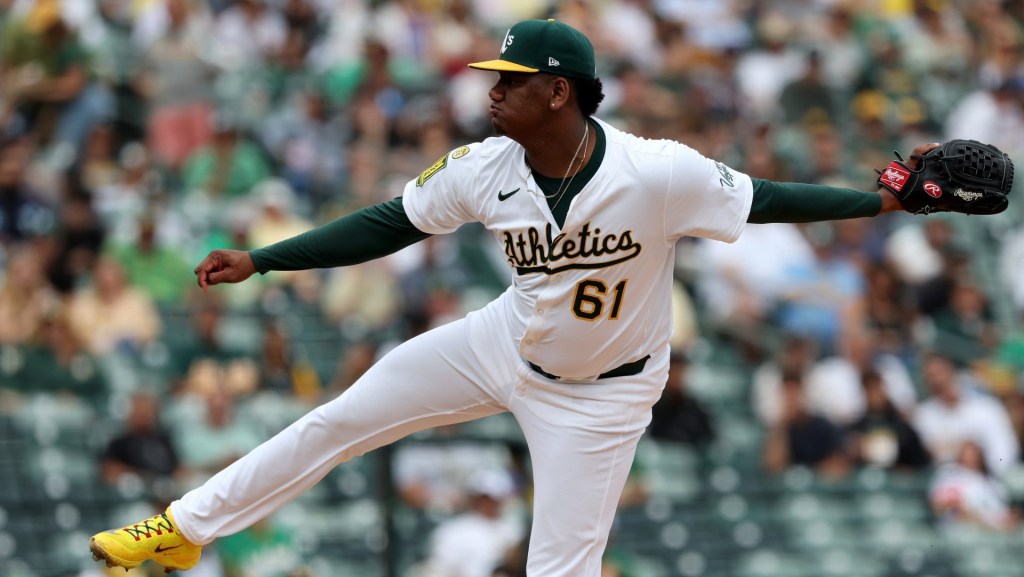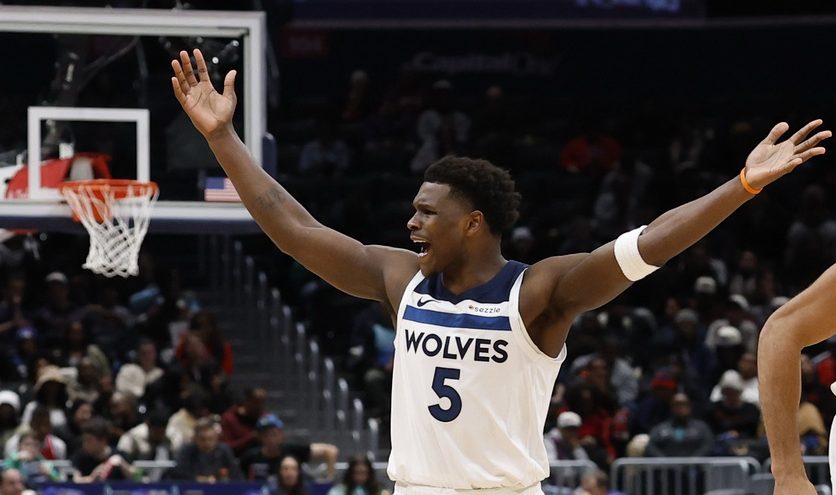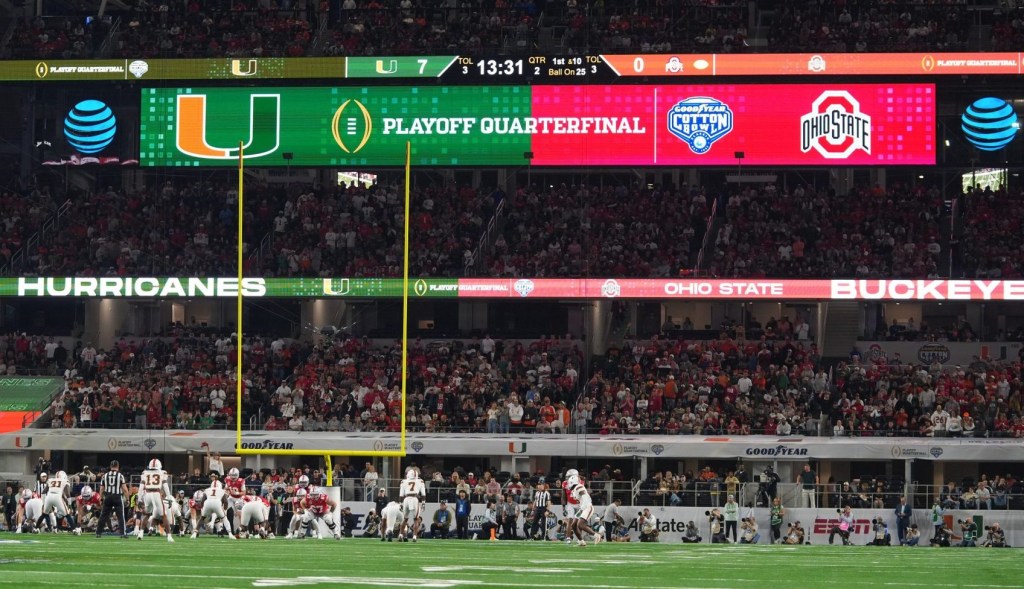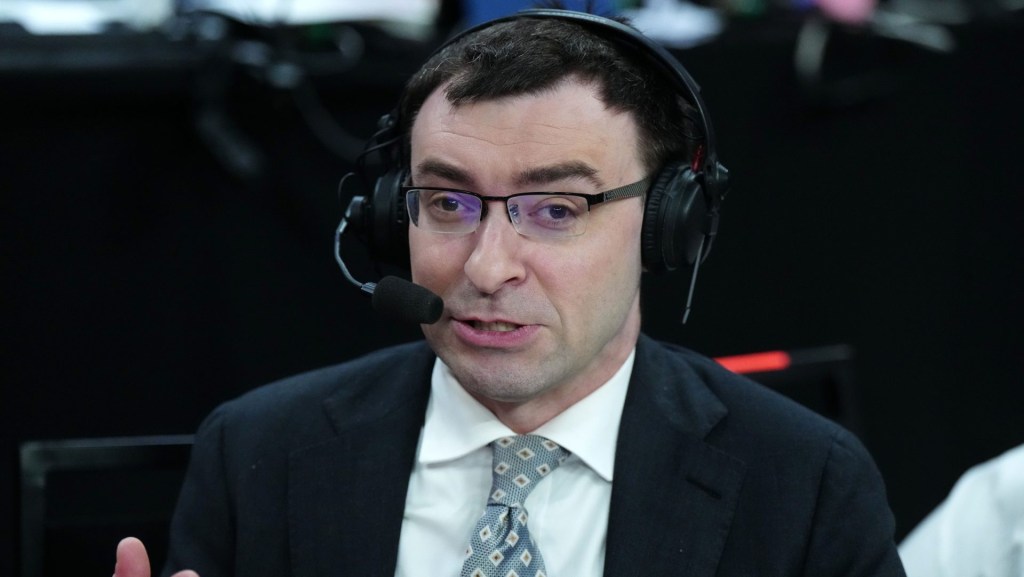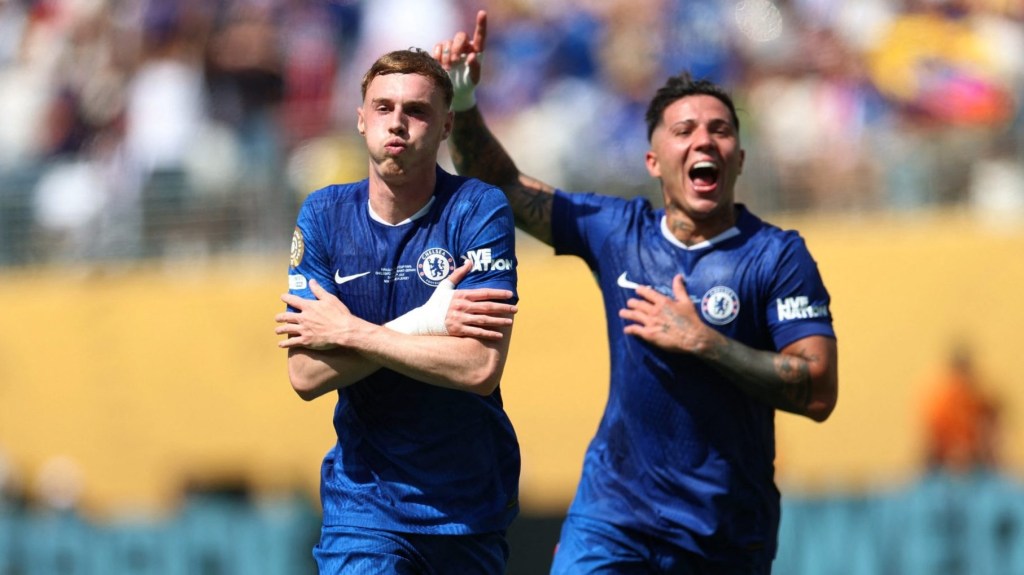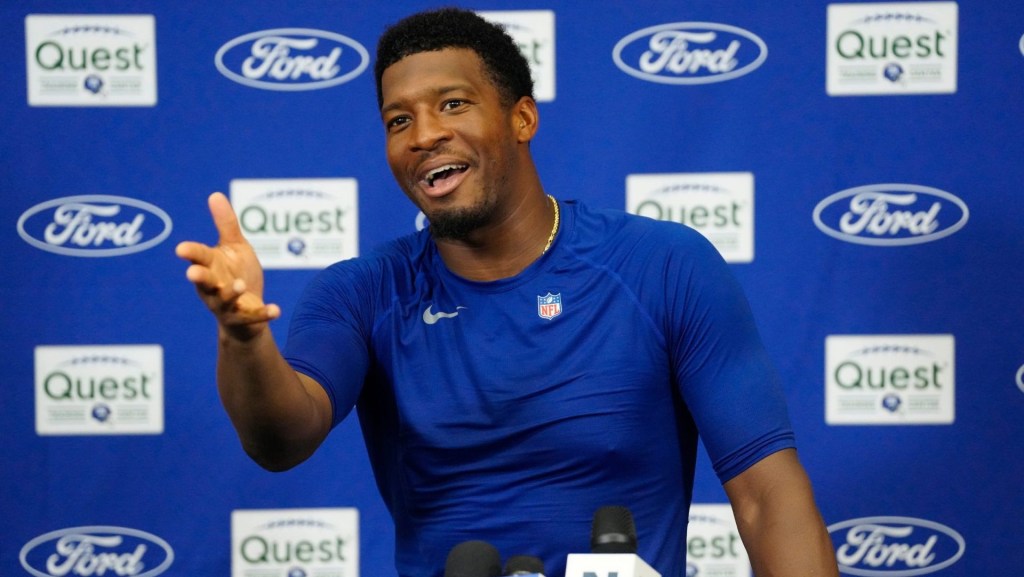Twitter’s obituary has been written prematurely quite a few times since Elon Musk purchased the social media company in 2022 for $44 billion. And while he’s changed myriad features and the core algorithm and the company’s name, X still has an outsized impact on the cultural sports discussion despite its smaller reach (317 million monthly active users) compared to Facebook (2.1 billion), Instagram (1.48 billion), and TikTok (1.14 billion), according to user data from analytics firm Sensor Tower.
Amid Musk’s changes to the platform, and accelerating recently as he went all in on personally supporting President-elect Donald Trump’s campaign (including an official role in the next administration), people are again threatening to leave for alternative options. In past short-lived exoduses, people claimed they were heading to Mastodon or to Meta-owned Threads. This time it’s Bluesky, a decentralized Twitter alternative founded by original Twitter cofounder Jack Dorsey.
But while news outlets like The Guardian and prominent individuals like author Stephen King have left, Sports Twitter’s biggest loss—at least for now—was LeBron James tweeting to his nearly 53 million followers that he was “getting off social media for the time being.” There hasn’t been a bona fide exodus of leagues, teams, or a groundswell of defections in sports media.
The author and journalist Jeff Pearlman is among the few major sports media figures to leave X over the summer, abandoning his more than 80,000 followers to concentrate his social media efforts on TikTok and Bluesky.
“I think it has become a judgment of you if you stay on Twitter,” Pearlman says. “That’s when it started to change. Like, ‘Why are you still on Twitter?’ Now, I don’t know what else has to happen to Twitter to force the NFL or the NBA to leave Twitter, because they’re all about money. They don’t give a shit about Elon’s rightward shift. They are going to be moved by finances.”
After purchasing Twitter two years ago, one of Musk’s first orders of business was cutting the headcount at the company by about 80%. Those cuts included several employees who worked with sports leagues, teams, and athletes to keep them engaged on the platform.
But behind the scenes, Musk and CEO Linda Yaccarino have remained engaged with the NFL, NBA, and other U.S. pro sports leagues, talking up what the platform can deliver, a source with knowledge of those conversations told FOS. And, so far, no major U.S. league has made a noticeable push to post on Bluesky or cut back on their X posting habits.
“Being on the platform does not mean you’re condoning its owner or the offensive content and misinformation on it,” says Chris Botta, a former New York Islanders executive who has worked the last decade consulting with pro sports organizations. “Leagues and teams have the opportunity to control their own message. As long as they work hard at doing that and uphold their own belief systems and standards, I don’t see why they’d have to give up the large audience they’ve built over a long time.”
Just Can’t Quit X
ESPN’s Mina Kimes is among a long list of sports journalists (including some at FOS) who are actively using Bluesky while continuing to use X. Mike Jones, an NFL reporter at The Athletic, tweeted earlier this month that he is “going to be phasing” out his X account and will be posting on Bluesky and Threads. Even so, he continues actively sharing news on X.
“Twitter has become increasingly less enjoyable the last few years,” Jones tells FOS. ”It used to be a great place to engage and debate with fellow journalists and sports fans about the action we were all consuming. But now there are just so many people obsessed with trolling and arguing. … So, when I learned from my outlet’s social team that Bluesky and Threads may enable a return to the kind of dialogue that we enjoyed about Twitter, I figured why not?”
Independent sports content creators whose business isn’t built on X are in a tougher position—even as Musk admitted this week that X is throttling tweets with links to stories and other content. Musk had already faced blowback from independent reporters after links to Substack—the newsletter platform where writers can charge a subscription fee—were throttled on X last year.
“To be frank, it’s my livelihood,” says Arif Hasan, an NFL reporter who shares links to his Substack newsletter, Wide Left, on X and other platforms. “I don’t have as much freedom to move platforms as a typical user because it is a core component to my marketing. Even as my engagement increases on Bluesky … the majority of my social traffic still comes from Twitter.”
While the allowing of antisemitism, racism, and fake news has been a hallmark of Musk’s tenure as owner of X, sports fans have largely stuck around. Not that their experience is exactly the same as the early days of the site when the reverse chronological timeline ruled. Now an algorithmic timeline is prioritized, meaning X feeds could be populated by tweets from people or topics they don’t follow. A Queensland University of Technology study published this month showed the X algorithm has boosted Musk himself and the site’s more conservative users more frequently in recent months.
Feels Like Twitter in 2010
Bluesky launched in 2019 as a project within Twitter before it became an independent entity. It offers a curated feed as well, although instead of the “For You” tab that X has, there’s a “Discover” tab that does basically the same thing.
“What looks good about Bluesky so far is that it feels like Twitter back in like 2010,” Pearlman says. “It was like Twitter in its infancy before it was filled with trolls and negativity.”
Meanwhile, Meta said in October that Threads—Meta’s text-based social network that launched in July 2023—had 275 million active users. The transition for leagues and teams (as well as individuals) is a much more seamless affair since it’s built alongside Instagram, so followers and verification badges can easily be migrated over to Threads as opposed to starting anew on Bluesky, which has nearly doubled in size over the last month to 23 million users.
The NFL, NBA, NHL, MLS, WNBA, NWSL, and MLB all have Threads accounts, although their collective following on that platform (17.9 million total) is dwarfed by their reach on X (106.1 million as of Nov. 25). Threads, which is more algorithm-driven than X or Bluesky, is not designed as a news hub and lacks the functionality to rival X for breaking news.
“X remains a popular social media platform where millions of NFL fans congregate to share their thoughts on the latest developments related to their favorite sport,” an NFL spokesperson tells FOS. “As we noted last week with the launch of a new feature on X called the NFL Portal, we’re constantly looking to increase the number of ways fans can easily engage with the NFL across all forms of media.”
As far as Bluesky, the spokesperson said the NFL is “aware of Bluesky but currently does not have an official presence on the platform.”
FOS also sent inquiries to the NBA, NHL, WNBA, MLS, and MLB. MLB and MLS declined to comment when asked about their approach to X and Bluesky. Inquiries made with the NBA, WNBA, NWSL, and NHL were not returned. None of those leagues have an active presence on Bluesky as of Wednesday.
“We’re working with many leagues, teams, and news organizations to onboard their members to Bluesky now,” Bluesky spokesperson Emily Liu told FOS.
License and Verification
For Bluesky to be a true rival to X, the first step would be a verification system for leagues, teams, networks, athletes, and journalists. FOS asked Bluesky if that was in the works and a spokesperson responded saying “you can verify your account” through a wonky process that only changes part of the @ handle and has no other ways for users to know whether the account is owned by the organization or person it purports to be.
Under Musk, X imploded the verification system where the blue-and-white check marks were given to those notable individuals and institutions (for free) who verified their identities. When Musk began letting users pay for a check mark last year, the spread of misinformation on the site ramped up as blue checks appeared on accounts pretending to be, for example, ESPN NFL insider Adam Schefter. Last December, one account impersonating Schefter falsely claimed Panthers owner David Tepper was linked to deceased sex offender Jeffrey Epstein. The post stayed up on X for several hours.

A few years ago, Fox Sports NFL insider Jay Glazer got out of the transactional news game on Twitter, saving his scoops for Fox NFL Sunday.
“The business became more about who could tweet something the fastest,” Glazer tells FOS. “It ruined every relationship I had. … I had to stop that lifestyle.”
Even as he saves his “scoopage” for television, Glazer is still on Twitter. Outside of Sundays when he tweets from the Fox Sports set, Glazer uses Twitter like a typical user—albeit one with 1.2 million followers—as he posts his MMA workouts and other goings-on in his life.
Last year, former Twitter employees Alphonzo Terrell and DeVaris Brown launched Spill, a social media app that has also seen an increase in subscribers seeking an X alternative. Terrell tells FOS that Spill was designed with safety at the forefront as it seeks to reach communities neglected by the dominant social networks.
“I think other places where the values are not aligned, you see what happens,” Terrell says. “More importantly, we’ve seen what happens when the leadership is actively encouraging and empowering these trolls in the community and saying, ‘Hey, through my behavior, this is O.K. to do,’ and, on top of that, actively dismantling trust and safety teams and reducing the capability to actually address these issues. The results are disastrous.”
Meanwhile, X’s monetization program (also launched last year) has continued to reward those who spread fake news. X Premium subscribers are eligible to make money off engagement, something that has boosted the proliferation of fake and parody accounts as well as sports news aggregators that lean in to salacious (and often false) posts.
“There are definitely these misaligned incentives on Twitter now,” says Jack Settleman, founder and CEO of Snapback Sports, a media company for sports event goers. “You used to be able to just follow the Browns’ Twitter account to see injury updates and other information. The new algorithm is completely nerfed, where anything with links in posts gets less engagement. Scrolling is encouraged. These engagement-hacking posts are the most rewarded thing on the platform. Why would you create a quality piece of content when you could just tweet a chill guy meme and get 7,000 retweets and make a hundred bucks off it?”
But Hasan says all of X’s issues don’t mean it reflects poorly on the sports leagues and teams still on the site.
“We ultimately all make decisions about which bad actors we do business with,” he says. ”Almost no large-scale company has clean hands, and I don’t think my usage of Amazon Prime implicates my ethics, either.”
